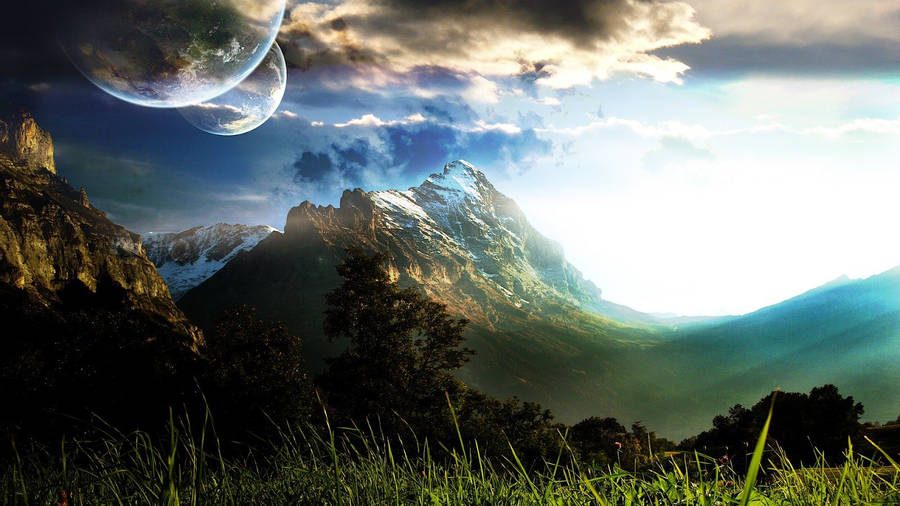David Weekley
March 24 · Lakota OyateChildren were called “Wakanisha” which meant sacred and were the center of attention. To the Lakota Sioux, the word Wakanisha roughly translates as children, but has a far deeper meaning. Wakanisha are their sacred vessels of culture, spirituality and most importantly, love. These first inhabitants of America strived for harmony in all things, with the land of rolling plains they freely roamed, and within their tribes, families, and hearts. >>>>>~~~~~~~~~~~~~>There was a time when the land was sacred, and the ancient ones were as one with it. A time when only the children of the Great Spirit were here to light their fires in these places with no boundaries…In that time, when there were only simple ways, I saw with my heart the conflicts to come, and whether it was to be for good or bad, what was certain was that there would be change.— The Great Spirit ( Wakan Tanka)Lakota, Dakota, Nakota – The Great Sioux NationThe Sioux are a confederacy of several tribes that speak three different dialects, the Lakota, Dakota, and Nakota. The Lakota, also called the Teton Sioux, are comprised of seven tribal bands and are the largest and most western of the three groups, occupying lands in both North and South Dakota. The Dakota, or Santee Sioux, live mostly in Minnesota and Nebraska, while the smallest of the three, the Nakota, primarily reside in South Dakota, North Dakota, and Montana.The name Sioux derives from the Chippeway word “Nadowessioux” which means “Snake” or “Enemy.” Other definitions trace it too early Ottawa (Algonquian) singular /na:towe:ssi/ (plural /na:towe:ssiwak/) “Sioux,” apparently from a verb meaning “to speak a foreign language”, however, the Sioux generally call themselves Lakota or Dakota, meaning “friends, allies, or to be friendly.”The Sioux are a proud people with a rich heritage. They were the masters of the North American plains and prairies, feared by other tribes from the great lakes to the Rockies.Migrating west from Minnesota, the Sioux became nomads of the plains, taking advantage of horses that were originally brought to the Americas by the Spanish in the 1500s. Following the buffalo, they lived in teepees to allow them quick mobility.Though the Sioux were known as great warriors, the family was considered the center of Sioux life. Children were called “Wakanisha” which meant sacred and were the center of attention. While monogamy was most often practiced, Indian men were allowed to take on more than one wife. However, infidelity was punished by disfigurement.The roles of men and women were clearly defined with the men expected to provide for and defend the family. Hunting was taken very seriously and infraction of the hunting rules could lead to the destruction of a man’s teepee or other property. Women were the matriarchs, ruling the family and domestic lives of the band.The Sioux were a deeply spiritual people, believing in one all-pervasive god, Wakan Tanka, or the Great Mystery. Religious visions were cultivated and the people communed with the spirit world through music and dance. The LakotaSometimes also spelled “Lakhota,” this group consists of seven tribes who were known as warriors and buffalo-hunters. Sometimes called the Tetons (referring to their dialect and location west of the Dakota on the plains) the seven tribes include:Ogalala (“they scatter their own,” or “dust scatterers”)Sicangu or Brule (“Burnt Thighs”)Hunkpapa (“end of the circle”),Miniconjou (“planters beside the stream”),Sihasapa or Blackfoot (Ntote confused with the separate Blackfoot tribe)Itazipacola (or Sans Arcs: “without bows”)Oohenupa (“Two Boilings” or “Two Kettle”)This band was found in the upper Mississippi Region in the late 16th and early 17th centuries. There were about 20,000 Lakota in the mid 18th century, a number which has increased to about 70,000 today, of which approximately 1/3 still speak their ancestral language.The DakotaThe Dakota Sioux, also called the Santee Sioux, originally migrated northeast into Ohio and Minnesota. The name “Santee” comes from camping for long periods in a place where they collected stone for making knives Woodland people, they thrived on hunting, fishing and some farming. It was from the Dakota, that the Lakota stemmed, moving further west into the great plains.There are four bands in the Dakota tribe, who primarily live in South Dakota, Minnesota, Nebraska, and North Dakota, including:MdewakantonwonWahpetonWahpekuteSissetonThe NakotaThe Nakota, also known as the Yanktonai or Yankton Sioux, split from the Dakota and moved to the prairies in the region that is now southeast South Dakota. They were divided into three bands: Yankton who are now on the Yankton Reservation in South Dakota; the Upper Yanktonai who are split between the Standing Rock Reservation in South Dakota and the Devil’s Lake Reservation in North Dakota; and the Lower Yanktonai who are split between the Crow Creek Reservation in South Dakota and the Fort Peck Reservation in MontanaRead more https://www.legendsofamerica.com/na-sioux/Image Sioux TipisSioux Tipis, 1902Sioux Tipis, 1902, Frank Bennett Fiske.A nomadic people, the Sioux generally moved camp about every 2-3 months. Making the job of moving easier were their animal hide teepees. Making these “homes” was the job of women who scraped, softened and stretched some 18-20 buffalo hides before carefully cutting and sewing them together. A framework of 3-4 poles tied to each other supported the teepees, arranged close together at the top with a small hole in the middle, and arranged in a big circle at the bottom. The hides were then wrapped around the pole framework. The opening at the top could be opened to let out the smoke, or closed to keep in the warmth. Another flap at the bottem served as an entrance to the inside.
